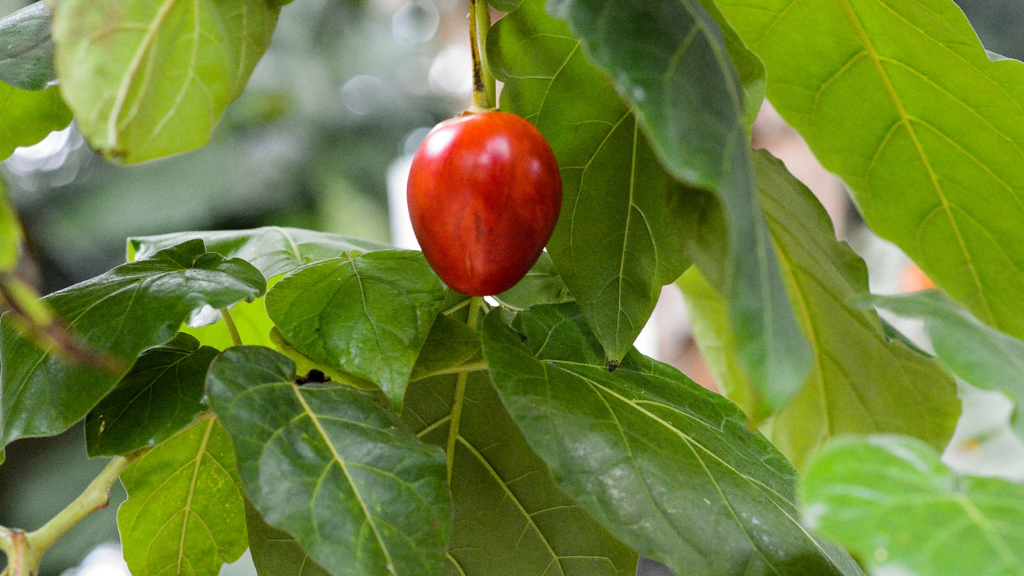History Of Tamarillo Tree Tomato


Tamarillo trees, also known as tamarillo tree tomatoes, are small, subtropical trees that thrive where climates where temperatures are consistently above 50 F. (10 C.). The plant is relatively pest resistant and thrives in lightweight, fertile, well-drained soil. This interesting tree is small enough to grow in home gardens, and unique enough to pique the curiosity of your friends and neighbors.
Tamarillo Plant Info
The attractive trees, which generally reach heights of 10 to 20 feet in the home garden, display huge, heart-shaped leaves and loose clusters of lavender, white or pale pink, five-petaled flowers. Clusters of smooth, egg-shaped fruit varies in color from blood red, deep purple, yellow or orange - sometimes in stripes that run the length of the fruit. The flavor of the skin and outer layer of fruit is slightly tough and somewhat bland, but the pulpy fruit surrounding the seed inside is succulent, sweet and tangy.
History of Tamarillo Tree Tomato
Plant historians believe that tamarillo trees are native to the Peruvian Andes, and probably also Bolivia, Ecuador and Chile. It seems to have disappeared from its native habitat, but it is currently cultivated and has naturalized in Colombia, Brazil, Venezuela and Argentina. The tamarillo tree has been an important commercial crop in New Zealand since the 1920s, where it is sometimes known as the New Zealand tree tomato plant. The plant gained popularity in that country after World War II, when tropical, vitamin-C-producing plants were in short supply. According to tree tomato history, Argentinian seeds were provided to the U.S. Department of Agriculture in 1913, followed by seeds from Sumatra and Ceylon a few years later. Although it is grown in Florida and California, tamarillo trees aren't an important crop in the United States. However, it is popular in temperate-climate gardens. In cooler climates, it is often grown as a unique indoor plant. It is relatively easy to grow and the fruits are highly nutritious.
Sign up for the Gardening Know How newsletter today and receive a free copy of our e-book "How to Grow Delicious Tomatoes".

A Credentialed Garden Writer, Mary H. Dyer was with Gardening Know How in the very beginning, publishing articles as early as 2007.